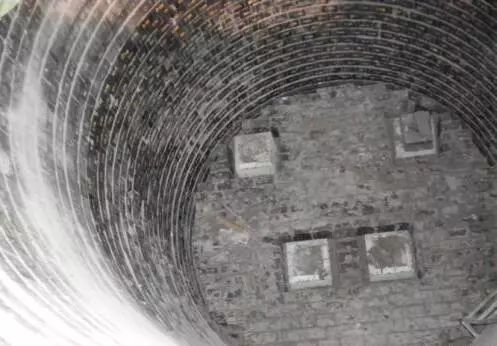(1) Clay refractory bricks. The Al2O3 content in clay bricks is generally between 30% and 50%, and is mainly used for the permanent layer and bottom of the ladle.
(2) Refractory high alumina bricks. The Al2O3 content in the bricks is between 50% and 80%. Mainly used for the working layer of ladle.
(3) Wax stone bricks. This brick is characterized by high SiO2 content. Generally above 80%, it has better corrosion resistance and integrity than clay bricks, and does not hang slag. Commonly used terms are ladle wall and ladle bottom.
(4) Zircon bricks. This brick is mainly used in the ladle slag line. The ZrO2 content in bricks is generally between 60%-65&.
(5) Magnesia carbon bricks. This brick is mainly used in the ladle slag line, especially suitable for multi-furnace continuous pouring occasions. The MgO content in bricks is generally around 76%, and the carbon content is between 15% and 20%. It is characterized by low corrosion resistance to slag, good corrosion resistance and good spalling resistance.
(6) Aluminum-magnesium castable. This castable is mainly used for steel ladles. Its characteristic is that under the action of molten steel, MgO and Al2O3 in the castable react to form aluminum oval spinel, which improves the slag resistance and thermal shock resistance of the lining.
(7) Alumina-magnesia carbon bricks. This brick is a ladle lining developed on the basis of aluminum-magnesium castables and has a long service life.
(8) Do not burn bricks. Almost all the materials currently used for fired bricks in ladles can be made into corresponding unfired bricks. Its characteristics are relatively simple production process and low price. The brick itself has certain mechanical strength and corrosion resistance, which facilitates construction and masonry construction.



